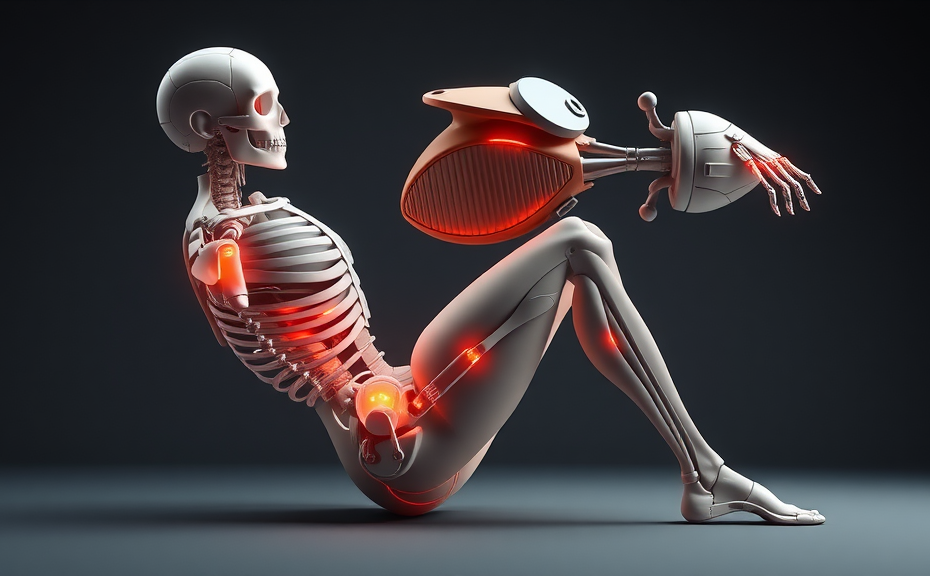Understanding body mechanics and ergonomics is essential for maintaining physical health and preventing injuries, particularly in professions that involve repetitive tasks or prolonged periods of sitting. Optimizing body mechanics means utilizing the body’s natural movements efficiently, thereby improving performance and reducing strain.
Proper ergonomics complements body mechanics by designing workspaces, tools, and tasks that support the user’s capabilities. This synergy fosters a safe and comfortable working environment. Here are fundamental principles to consider:
- Posture: Maintain a neutral spine position. This minimizes the risk of musculoskeletal disorders.
- Workspace Layout: Arrange tools and materials within easy reach to reduce overextension and awkward movements.
- Movements: Use smooth, controlled movements rather than jerky actions. This approach conserves energy and protects joints.
- Breaks and Stretching: Incorporate regular breaks and stretching exercises to alleviate tension and improve circulation.
Incorporating ergonomic assessments into workplaces can significantly enhance employee productivity and satisfaction. Employers can implement training programs focused on body mechanics and ergonomics, equipping their teams with the knowledge to perform tasks safely and efficiently. Consequently, employees become more aware of their body mechanics, helping them adjust their posture and movements over time.
In summary, focusing on body mechanics and ergonomics not only aids in physical well-being but also enhances job performance. By understanding and applying these principles, both employers and employees can create a more productive, injury-free workplace. Making these adjustments is a proactive step toward ensuring long-term health and efficiency in any work environment.
